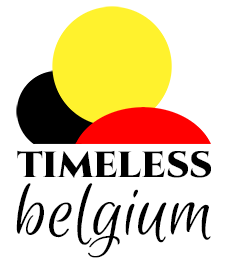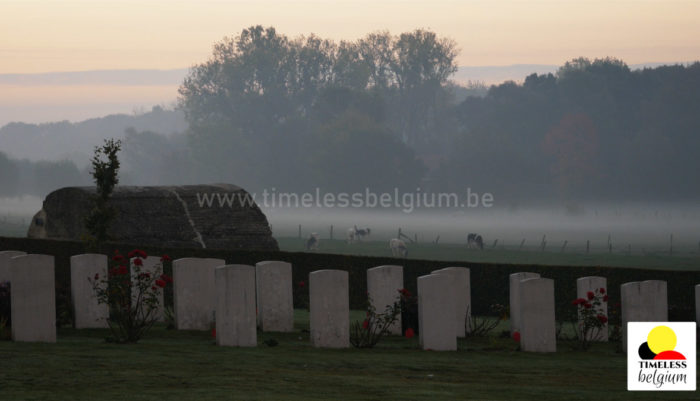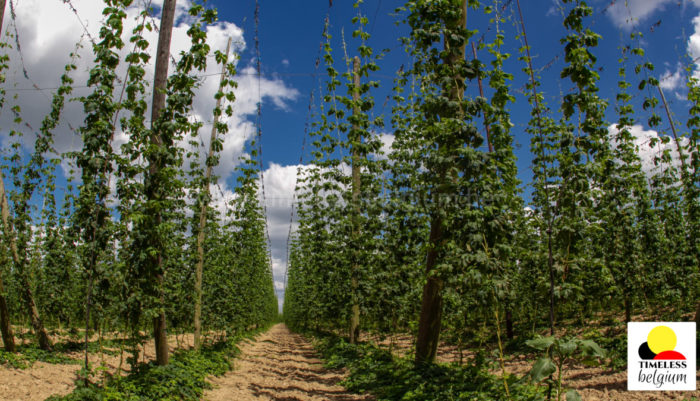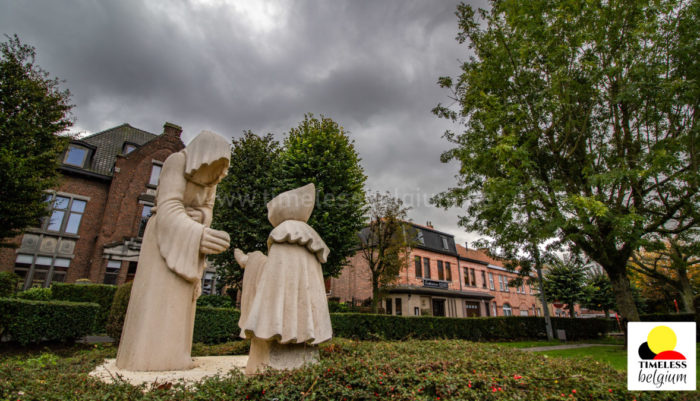Beautiful video of springtime nature with green trees, light variations, and fluffy clouds : the river Scheldt near the village of Pottes time lapse
(Browse the collection : Hainaut province stock footage videos, time lapses and cinematic shots)
Scheldt River, (Schelde in Dutch, Escaut in French) rises in northern France and flows across Belgium to its North Sea outlet in Dutch territory. Along with the Lower Rhine and the Meuse rivers, it drains one of the world’s most densely populated area region. As a waterway, with its numerous branch canals and navigable tributaries, it serves an area including the agriculturally important Flanders plain, the belgian textile centres, the coalfields of northern France, and the industrial complex of Lille-Roubaix-Tourcoing.
The estuary formerly had two channels, the Eastern and the Western Schelde (Ooster and Westerschelde) divided by the islands of Noord, Zuidbeveland, and Walcheren; but in 1866 the Eastern Schelde was sealed off by a dike carrying the railway to Vlissingen in the Netherlands. The outlet between Zuidbeveland and Walcheren is closed by a dike, and the only connection is via Zuidbeveland Canal.
A channel in the Western Schelde allows oceangoing vessels to reach Antwerp at full tide. With its upper course canalized, the river is navigable for about 125 miles (200 km) in Belgium and 39 miles (63 km) in France.
Among well-known towns on its banks are Cambrai and Valenciennes in France and Tournai, Oudenaarde, Gent, and Antwerp in Belgium. The busiest section of the Schelde river lies between Antwerp and Ghent, along which are many industrial sites.The Scheldt waterway is also connected with the Sambre-Meuse river system by the Mons-Condé Canal. From Ghent, the Ghent-Terneuzen Canal gives direct access to the Western Schelde, and the small Ghent-Ostende Canal is a link to the North Sea.
Use of the Scheldt as a shipping outlet was long a subject of bitter contention between the Flemish and the Dutch because the latter controlled most of the estuary. Seeking to cripple the trade of Antwerp, the Dutch in 1648 secured the right to close the estuary to navigation. In 1863, Belgium finally bought out this right, with assistance from other maritime countries, and declared the Schelde free, thereby giving impetus to the development of Antwerp as a great international port.(Source: Britannica)
File names, codec and sizes | ||
escaut01_fhd | escaut01_5K+ | escaut01_web |
Mov ProRes 422 HQ | Mov ProRes 422 HQ | H264 Mp4 |
299 Mo | 2,60 Go | 16,8 Mo |

 My Account
My Account 



